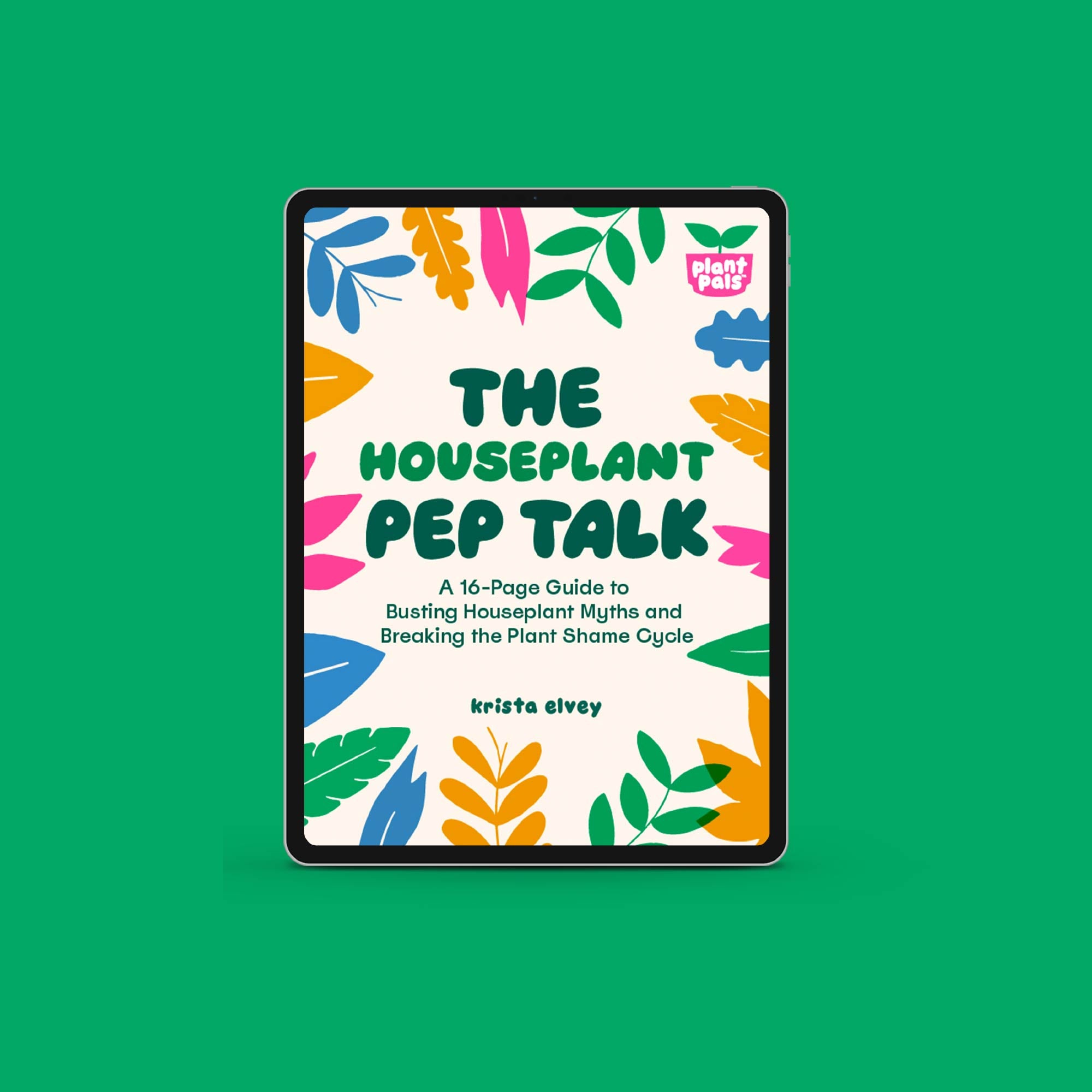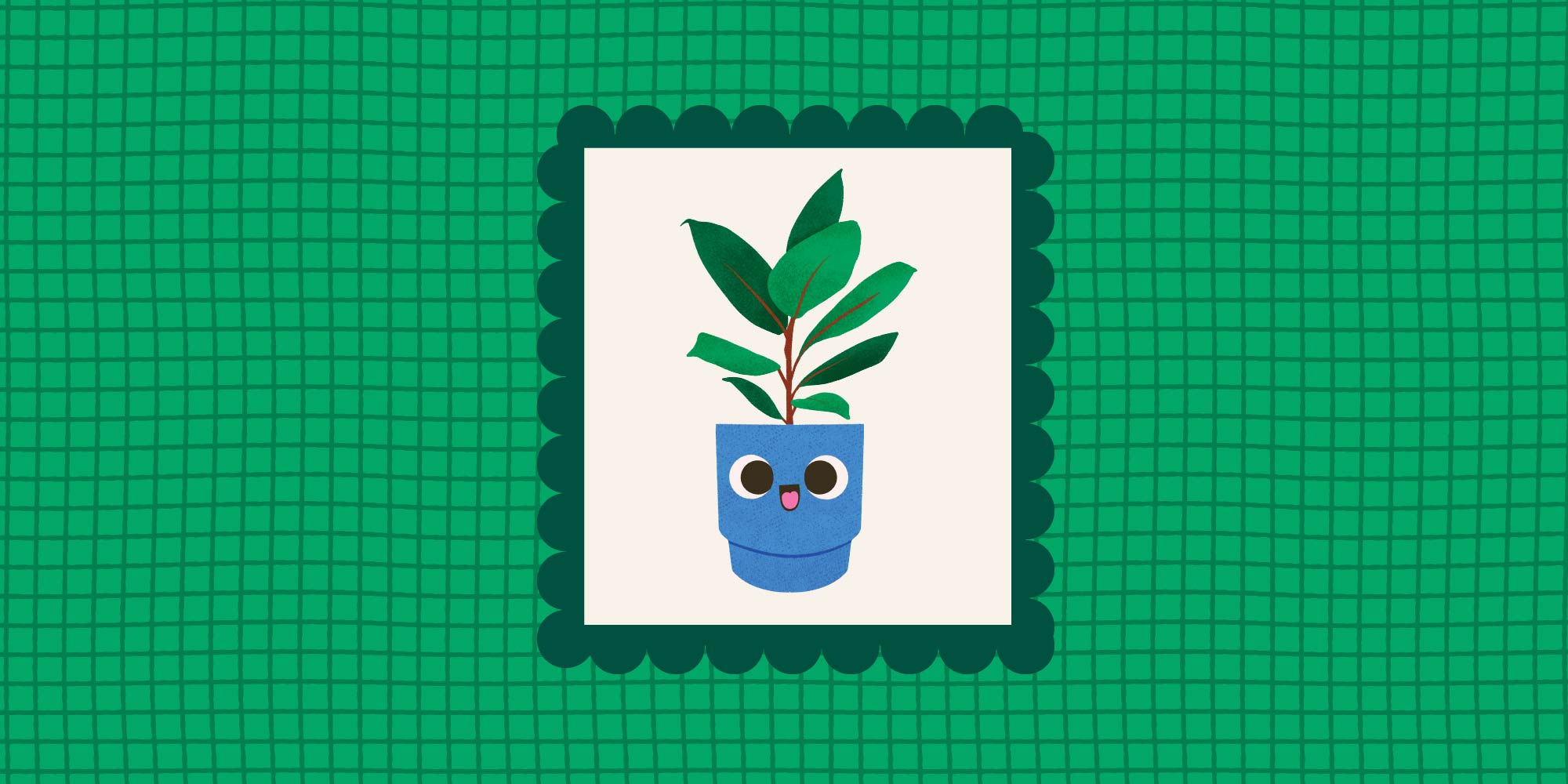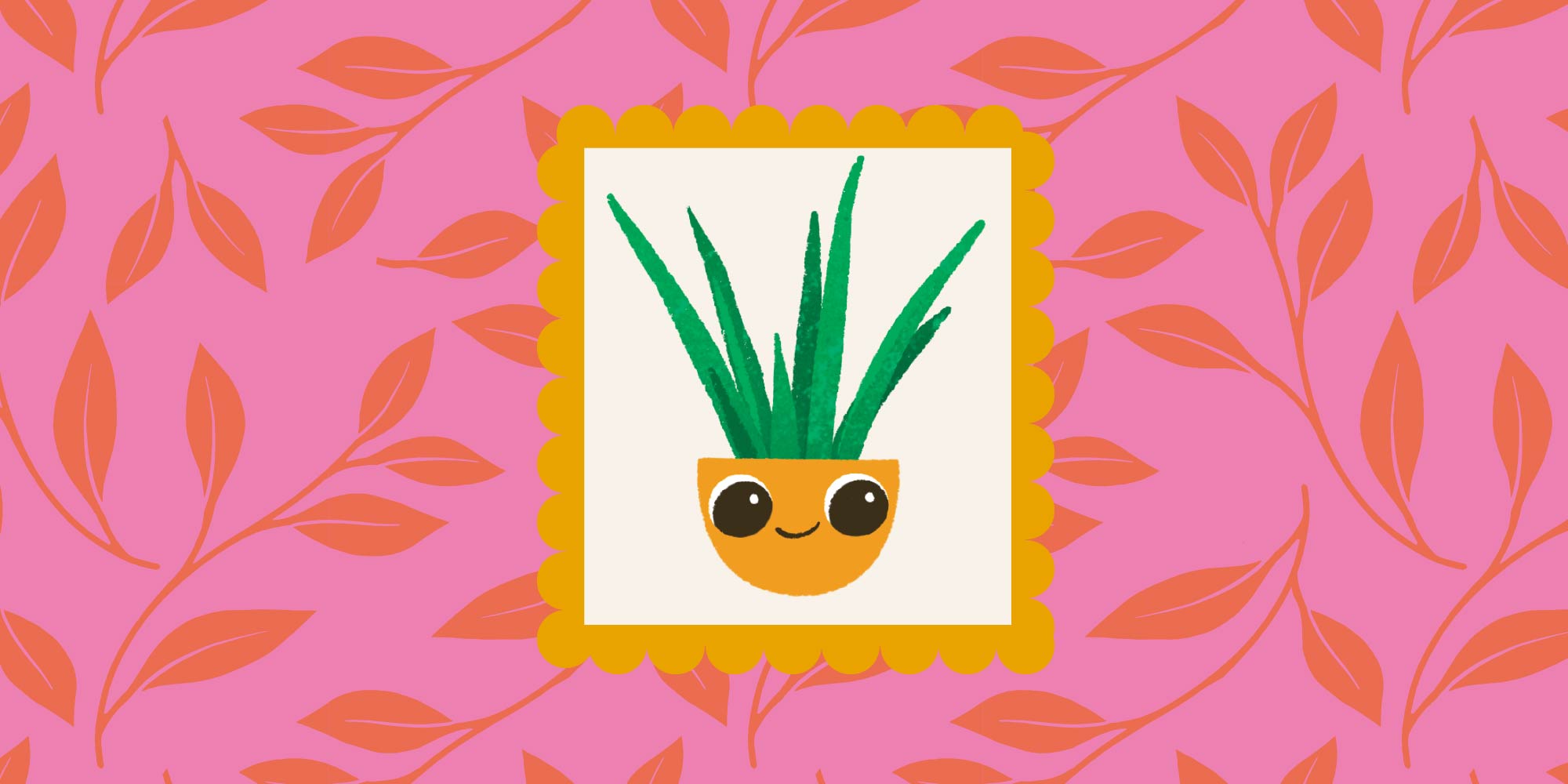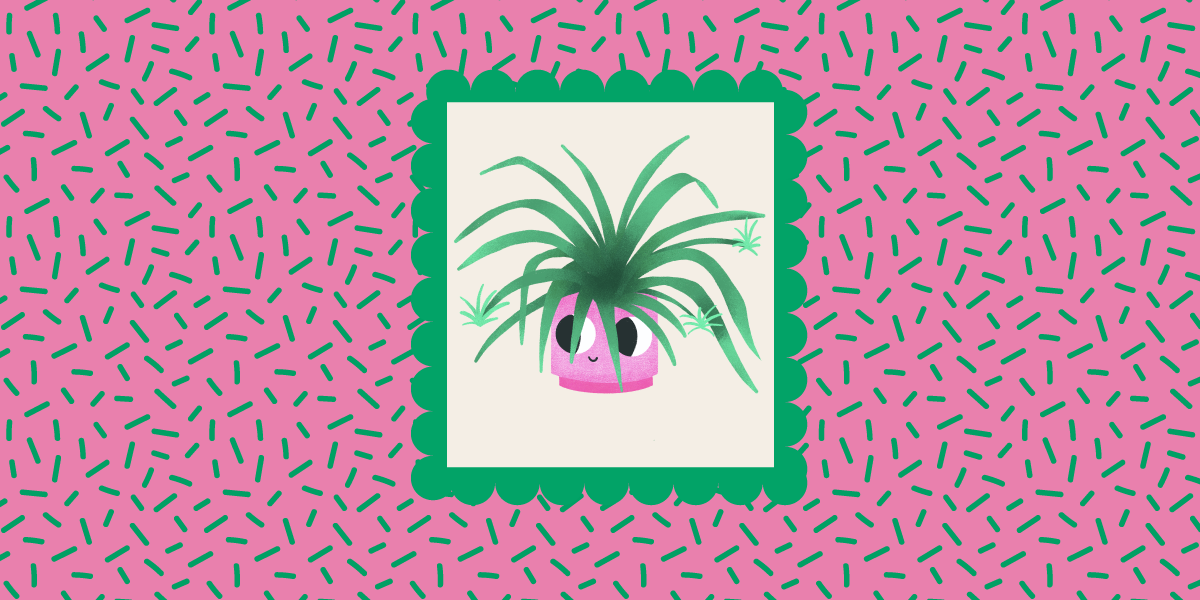Soil and Houseplants: 3 Lessons Every Beginner Should Know
Plants need light, water, and soil. Seems simple, right? Until you step into the soil aisle at your local plant store, and feel like you’ve been buried alive.
Houseplants don’t use “soil,” technically. They use specially-formulated Indoor Potting Mix, which may or may not include actual soil. Outdoor mix is different, and succulents and cacti have their own special type of mix.
Let me explain. Houseplants primarily use potting mix rather than soil. While the terms "soil" and "potting mix" are sometimes used interchangeably, there are important differences between the two. Soil is typically composed of natural materials and organic matter found in the ground. On the other hand, potting mix, also known as potting soil or growing medium, is specifically formulated to mimic the natural conditions that plants would experience in their native habitats, while also helping them grow in a confined space like a pot or container.
That’s…less simple, right? It’s this level of depth that makes Soil worth covering in our Plantastic Six Pack. It’s easy to overlook or ignore the fundamentals of your potting mix, but we should take the root health of our Plant Pals as seriously as possible.
That’s why I’m sharing the 3 lessons about soil and potting mixes I wish I had learned when I was a newbie Plant Person.
Lesson 1: You should only use Indoor Potting Mix for your houseplants.
I get it, I really do. (Because I’ve done it!) If you’re a beginner, there’s a chance someone you know has a garden. They probably have bags of soil just laying around, so why not borrow a few scoops?
I did that, and my plants paid the price! We can dig (pun intended) into the science all day if we want to, but let’s keep it simple for now. Outdoor potting soil is too heavy and too nutrient-dense; it will both drown and suffocate the roots of an indoor plant.
Outdoor plants are meant to be facing the elements directly. Their soil needs to be porous enough to handle torrential rainstorms, but also absorbent enough to keep a plant from immediately dehydrating after direct exposure to sunlight.
That makes it the exact opposite of what your indoor Plant Pals need; drainage and breathability is the name of the game. So while using outdoor soil may seem like an easy lifehack, the best move is to stick with indoor potting mix at all times.
Lesson 2: When (and why) plants need to be re-potted.
When I started my journey as a Plant Person, I thought re-potting was optional; a cute bit of plant care that only people who were really into plants bothered to do. A few dead plants later, and I realized the error of my ways.
Your plant’s potting mix comes bundled with the nutrients indoor plants need to thrive and survive. Over time, those nutrients get washed away and absorbed by your Plant Pals. At the same time, foreign salts and minerals get introduced into the potting mix through watering.
Over time, your plant loses what it wants, and starts to gain what it doesn’t want.
That’s what re-potting helps you fix! Re-potting, or at the very least adding new soil to an existing pot, will give your Plant Pals the fresh boost of nutrients they need to keep growing. And that’s the other big reason for re-potting: making space.
As your plant grows, its roots will out-grow their current container, and eventually get all tangled up. This means your plant is root-bound, which stunts its growth and over time leads to illness.
Here’s my simple rule of thumb: Repot young plants once every 6-12 months, and older plants every few years.
If you don’t re-pot to a larger container, at the very least refresh the top of your pot with a fresh layer of potting mix each year.
Lesson 3: Your soil needs space to breathe and take in air.
If your plant’s soil is too tightly-packed, your Plant Pals won’t be able to live their best lives. This makes total sense once you understand that both soil and plant roots need oxygen to thrive. This blew my mind when I first learned it, because when you think of soil, you assume (or at least I did) that there’s no air in there.
But the tiny spaces between the particles in your potting mix will make or break the health of your plant. Your potting mix needs to be loose enough to allow air to enter and for excess water to exit.
This one is a very quick fix, but it’s also very easy to miss: You can solve all of this by making sure your plant’s pot has drainage holes at the bottom, and by occasionally using a chopstick to poke into the soil to allow for more air flow. Think of it like aerating your lawn; it’s the same basic concept.
That might mean using a container that isn’t your favorite on an aesthetic level, but your Plant Pals will thank you for letting them breathe! You can always nestle the pot with drainage holes inside a prettier decorative pot so everybody wins!
How can all this help you today?
I used to think soil was boring. There, I said it. Because I thought it was boring, it was easy to take for granted or forget entirely. But the majority of your plants live beneath the surface, and their health is tied directly to their roots. I now have a better understanding of the complex ecosystem that exists within each plant’s pot, and I’m fascinated by it.
With these lessons, you’ll be able to keep every part of your Plant Pal’s happiness in mind, from root to tip. And good soil health will allow you to avoid the majority of common houseplant health issues. Go you!
If I had these lessons years ago, I wouldn’t have subjected my houseplants to poor health in soil I borrowed from a neighbor’s garden and promptly forgot about. Now you know better, and knowing is half the battle.
If you want to keep on growing, catch up on the other Plantastic Six Pack blogs here!



